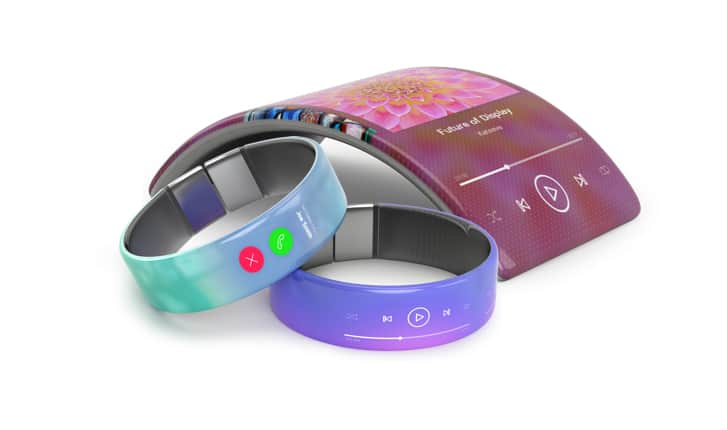Researchers at the University of Minnesota Twin Cities utilized a modified printer to fully 3D print a flexible organic light-emitting diode (OLED) display in a pioneering new study.
The breakthrough could lead to low-cost OLED displays that can be mass-produced at home using 3D printers rather than by technicians in expensive microfabrication facilities in the future.
The capacity to fully 3D-print active electrical and optoelectronic devices will enable novel device form factors using methodologies that are untethered from traditional microfabrication facilities. Currently, nonuniformities in solution-deposited active layers and unstable polymer-metal junctions can degrade the performance of 3D-printed optoelectronics. In this paper, we provide a multimodal printing process that yields fully 3D-printed flexible organic light-emitting diode displays. Extrusion printing is used for the electrodes, interconnects, insulation, and encapsulation, whereas spray printing is used for the active layers. Spray printing improves layer uniformity by reducing directional mass movement in printed droplets. A mechanical reconfiguration procedure is used to improve the contact area of the polymer-metal junctions by utilizing the viscoelastic oxide surface of the printed cathode droplets. The top interconnects are intimately connected to the uniform cathode array. This hybrid approach results in a completely 3D-printed flexible 8 8 display with all pixels successfully turning on.


